Italian cuisine is renowned globally not just for pizza and pasta, but also as a paradise of traditional desserts. Each pastry carries a historical narrative, a unique cultural touch from its region of origin. Join “Discovery To Wonders” on a flavorful journey through the colorful world of Italian sweets, where age-old family recipes are cherished and passed down through generations.
Tiramisu: A Symphony of Coffee and Mascarpone
Tiramisu, meaning “pick me up” in Italian, is more than just a dessert; it’s an icon of Italian gastronomy. Featuring layers of Savoiardi biscuits (ladyfingers) soaked in strong espresso, alternating with rich, smooth mascarpone cream, Tiramisu offers a perfect balance of coffee’s bitterness, cream’s sweetness, and a hint of warmth from rum or Marsala wine. The cocoa powder sprinkled on top is not just for decoration but also enhances the dessert’s distinctive flavor.
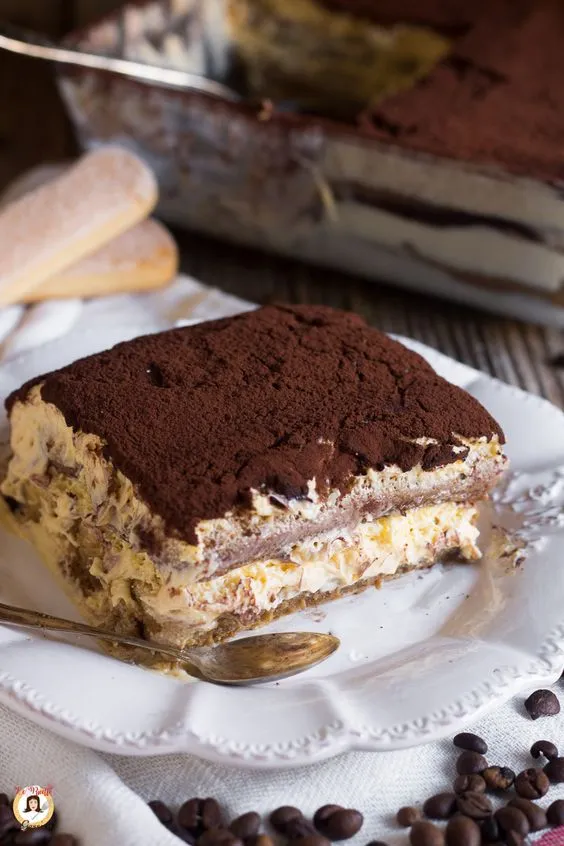
Tiramisu is typically enjoyed chilled, making it an ideal dessert after a meal. The origins of Tiramisu are still debated, but it’s believed to have first appeared in the Veneto region in the 1960s or 1970s. Regardless of its exact origin, Tiramisu has become a beloved dessert worldwide, with countless variations ranging from green tea Tiramisu to strawberry Tiramisu.
Panna Cotta: The Elegance of Cream and Gelatin
Panna Cotta, meaning “cooked cream” in Italian, is a dessert that embodies simplicity and elegance. This treat is made from fresh cream, sugar, and gelatin, cooked until melted and then set to chill. Panna Cotta has a soft, melt-in-your-mouth texture and the rich flavor of fresh cream.
Panna Cotta is often served with fresh fruit sauces, chocolate, or caramel to enhance its flavor. Its origins are traced back to the Piedmont region in northern Italy. Today, Panna Cotta is a popular dessert in Italy and around the world, with numerous variations in flavor and presentation.
Sfogliatella: The Shell-Shaped Pastry with Thousand Layers
Sfogliatella, meaning “small leaf” or “thin layer” in Italian, is a unique pastry originating from Naples. Shaped like a seashell or a bishop’s hat, it features a crispy, thousand-layer shell and a sweet ricotta cream filling.
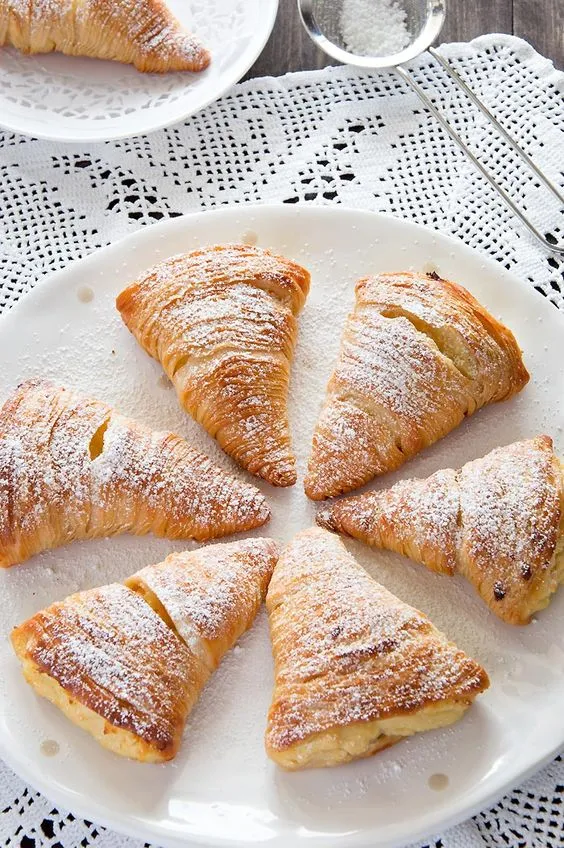
Sfogliatella is typically eaten warm, and its delightful flavor will captivate you from the first bite. There are two main types: Sfogliatella Riccia (curly shell) and Sfogliatella Frolla (smooth shell). Sfogliatella is an emblem of Neapolitan cuisine, and you shouldn’t miss the opportunity to savor this pastry when visiting Naples.
Biscotti: Crunchy Biscuits That “Defy Time”
Biscotti, meaning “twice-baked” in Italian, are dry biscuits originating from Prato, Tuscany. They are baked twice to achieve their characteristic crunchy texture and can be stored for a long time.
Biscotti are commonly enjoyed dipped in hot drinks like coffee or sweet Vin Santo dessert wine. They come in various flavors, from classic almond to chocolate and dried fruit. Biscotti make an ideal souvenir from Italy and a perfect snack to nibble on during cool afternoons.
Cannoli: Crispy Pastry Shells with Sweet Ricotta Filling
Cannoli are pastries originating from Sicily. They consist of a crispy, tube-shaped shell filled with sweet ricotta cream and are often garnished with chocolate chips, pistachios, or candied fruit.
Cannoli are a symbol of Sicilian cuisine and are frequently enjoyed during festivals and special occasions. Many variations of Cannoli exist, with different fillings such as chocolate cream, vanilla cream, or lemon cream. Cannoli are a delicious and appealing dessert that you shouldn’t miss when visiting Sicily.
Babà: Yeast Cakes Soaked in Rum
Babà, or Rum Babà, is a small, mushroom-shaped yeast cake soaked in rum. It originates from Naples and is a popular dessert in southern Italy.
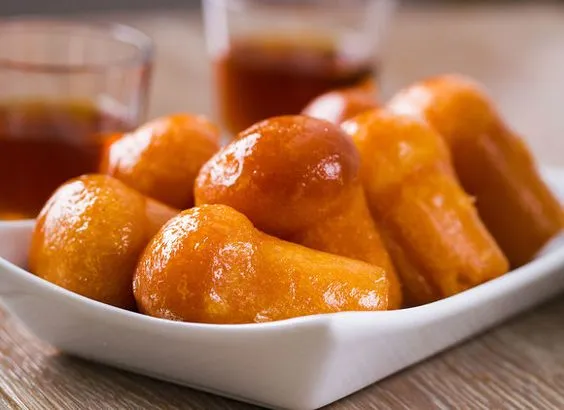
Babà is typically served with fresh cream, fruit, or chocolate sauce. For those who prefer to avoid alcohol, rum can be substituted with syrup or fruit juice. Babà is a unique and intriguing dessert, and an excellent choice for anyone wanting to explore Neapolitan cuisine.
Pizzelle: Thin and Crispy Waffle Cookies
Pizzelle are traditional Italian waffle cookies made from flour, eggs, sugar, and butter or vegetable oil. They are baked on a special patterned iron, creating thin, crispy cookies with beautiful designs.
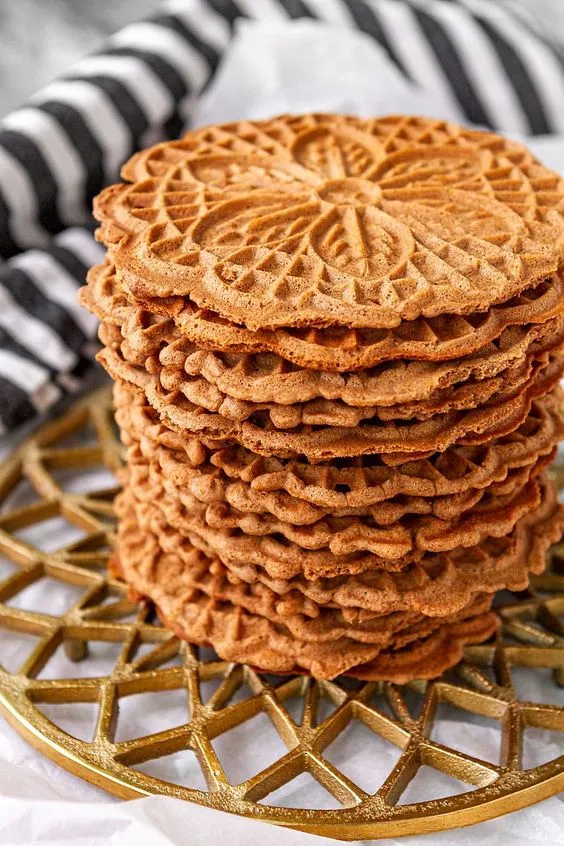
Pizzelle are often enjoyed during Christmas, Easter, or weddings. They can be eaten plain or rolled with cream or ricotta. Pizzelle are a simple yet elegant dessert and an integral part of traditional Italian festivities.
Bombolone: Sweet Cream-Filled Donuts
Bombolone are donuts originating from the Tuscany region. They are made from flour, eggs, sugar, and yeast, fried until golden, and filled with sweet cream or jam.
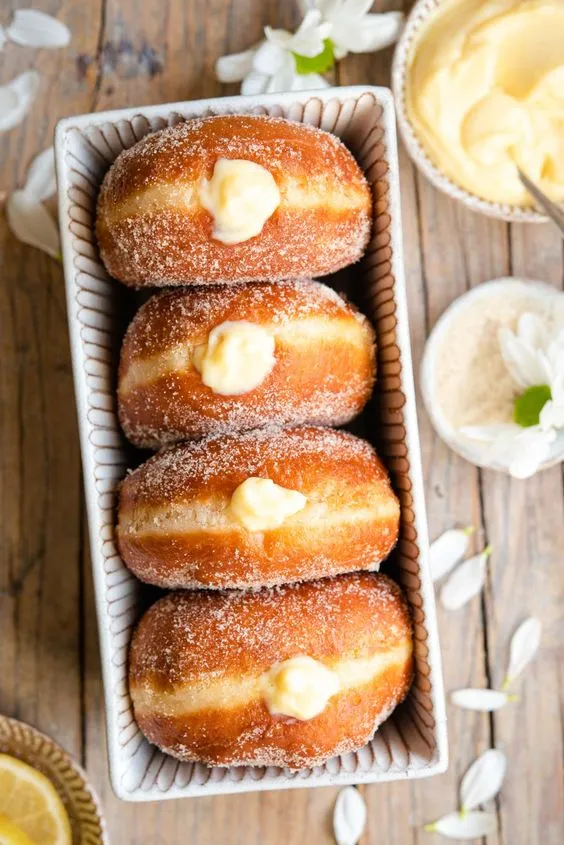
Bombolone are usually eaten warm and are a popular breakfast or dessert in Italy. There are many different fillings for Bombolone, from classic vanilla cream to chocolate cream, fruit jam, or Nutella. Bombolone are a delicious and easy-to-love dessert, and a great choice for anyone wanting to indulge in the sweet flavors of Italy.
Italian cuisine is more than just food; it’s a part of culture and history. Traditional Italian desserts carry fascinating stories and the distinctive flavors of each region. We hope this article has provided you with valuable insights and inspiration to explore the colorful and flavorful world of Italian cuisine. Start planning your trip to Italy and enjoy these amazing desserts!